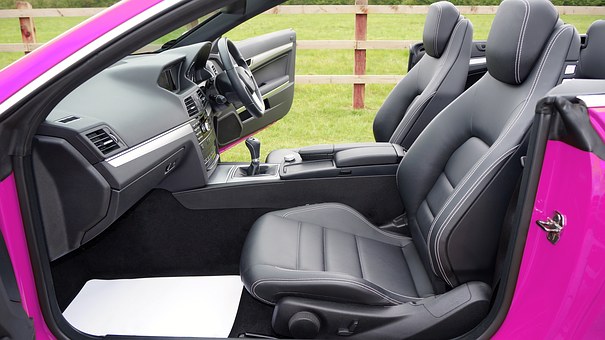Building Automation And Controls Provides More Than Just Comfort

With energy costs increasing day by day, investments in building automation are gaining
great demand in the current times in new as well as existing infrastructure or building. Hence by upgrading to such controls not only does one achieve better security but also achieve significant reductions in energy bills.Making the primary target at high end or top class level of HVAC equipments and lighting systems as they contribute to greatest opportunities in terms of saving.
HVAC aims at keeping the air quality indoors pleasant by providing sufficient ventilation along with filtration to provide overall thermal comfort. It works like a human respiratory system managing the quality, motion and temperature of the air that circulates, warms and cools the entity. Here the air is cooled or heated by exercising straight contact with heat and refrigerants.
Heating and Cooling Units

The nature of heat can be straight or forced. The heat is directly taken to an area, in direct or straight systems which can be achieved through steam, radiators and radiant electric floor systems. Forced systems use either gas or electricity to heat the air and push it through the entire building with the help of fans. These systems make use of high pressure fans to the air handler with the help of fans in every single room that needs cooling.
Conventional air containing units are made up of a condenser as well as a compressor that circulates the cooled air through an air handler into the ventilation system of a building by using the fan which is in the furnace to push cool air by the help of ducts into the vents which are already present.
Better HVAC controls
Reducing the temperature of indoor air by only 1 degree can help one make a saving of up to 2% without having to compromise on temperature and the comfort indoors by proper flow of air and the control of humidity. Hot spots and cold spots in a building that tend to waste energy can be removed through automated systems.
Monitoring the quality of indoor air
There are special sensors that can help in identifying particulates, chemicals and pollutants which may consist of CO, VOCs which are usually produced by industrial boilers and furnaces. HVAC systems can be made better with higher indoor air quality as well as plant safety by installing monitoring equipments which come with alarms to assist the emerging demands of the green building requirement.
by: Industrial Automation